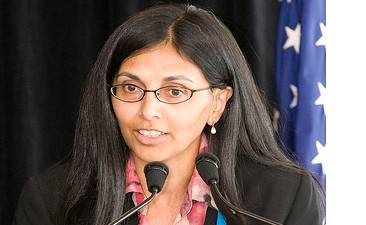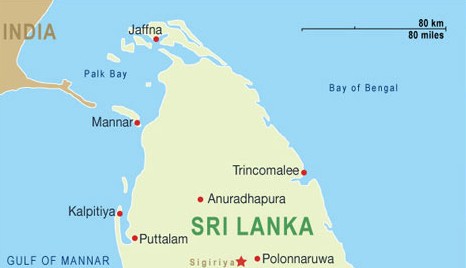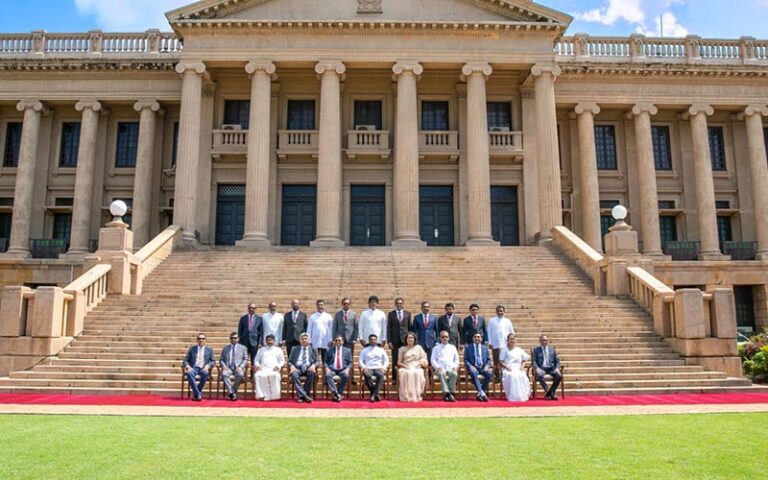Aloysius College 92 (51.4) W Deshapriya 4/33 Vs Richmond College 163/2 (42) K Nanayakkara 80*, H Madushan 54* – U19 Div 1...
SriLankansPuwath
MAHINDA OBA IN THE UK had their 25th Annual General Meeting recently in Hounslow in the presence...
Some day Kevin Pietersen will be remembered as the batsman who played some of the greatest of...
Not even King of God could tackle narcotics menace without alleviating poverty In the wake of a...
St. Peter’s College, Bambalapitiya won the Singer Schools Under-18 Rugby Championship beating Royal College, Colombo 14 points...
The International Cricket Council board today approved wide-ranging structural and governance reforms despite complaints that they place...
Britain said that Prime Minister David Cameron held discussions with representatives of several leading Tamil groups in...
Moratu Vidyalaya 206 (49.2) Thilan Kavishka 95, Jayanga Peiris 6-77 & 205 (60) Harsha Devinda 59, Thilan Nimesh...
Moratu Vidyalaya 206 (49.2) Thilan Kavishka 95, Jayanga Peiris 6-77 Vs Prince of Wales College 183/4 (44) H Lanka 49*, K...
De Mazenod College 234 (74.4) Shehan Fernando 4/51 & 136/9 (39) L. Wickramasinghe 56, S. Fernando 5/56 Vs Maris Stella...
Kalutara District UNP MP Palitha Thevarapperuma, who manhandled the party’s National Leader Ranil Wickremesinghe at Wednesday’s parliamentary...
You are cordially invited to attend a meditation session conducted By Dr. Sumana Perera at the London...
Britain’s future king Prince Charles has endorsed his commitment to charity projects in countries like India, Pakistan...
Thurstan College 279 (54.1) M Jalil 117, Sajith Gunathilake 66, Chandima Bandara 4/60 Vs Maliyadewa College 138/6 (37) Aruna Thennakoon 48 – ...
Ambalangoda Dharmasoka College Past Pupils Association, United Kingdom is organising a Musical concert to pay tribute to the...
Dharmasoka College, Ambalangoda 84 (27.4) S Pathirana 4/22, I Gunasekara 6/15 Vs Ananda College 269/5 (65) K Perera 55, S Arachchige...
The Sri Lankan Government has decided not to sue Channel-4 for its telecast of videos on Sri...
Russian President Vladimir Putin has congratulated the country’s Buddhists on the Lunar New Year, the Kremlin press...
US Assistant Secretary of State for South and Central Asian Affairs Nisha Desai Biswal held talks with...
Athula Dassana Multicultural Buddhist Community Centre had successfully organised celebration of 66th Sri Lankan Independence Day at the...
Janatha Vimukthi Peramuna (JVP) MP Anura Kumara Dissanayake was appointed as the new leader of the party...
Prince of Wales College,Moratuwa 214 (60) Krishen Aponsu 74, Rukshan Fernando 7/66 Vs De Mazenod College,Kandana 79/5 (19) – U19 Div I...
Ananda College, Colombo 147 (47.5) J Pieris 6/45 & 226/7 d (45.5) K Perera 65, J Peries...
St.Benedicts College, Kotahena 235 (73.1) Janidu Karunathilaka 67 Vs St.Sebastians College,Moratuwa 85/1 (19) S Cooray 56* – U19 Div1 – At St.Benedicts...
St.Aloysius College, Galle 118 (52.4) & 126 (65.4) M Mahela 5/28, T Kalhara 4/47 Vs Mahinda College, Galle 239/8 d (60)...
Five members of a criminal gang who smuggled Sri Lankans into the UK through Channel ports have...
President Mahinda Rajapaksa said that he is not a king but just a temporary custodian of the...
Angelo Mathews embraces Dilruwan Perera after the spinner took the last Bangladeshi wicket to help Sri Lanka...
Sri Lanka cricket (SLC) today announced that Lasith Malinga has been released to play in the semi-finals...
Servatius College, Matara 245 (71.5) Ashen Deemantha 55 & 125/2 (28) Ashen Deemantha 56 Vs Dharmasoka College, Ambalangoda 194 (69.3) Isuru...
Britain on Monday said that if the Sri Lankan government has begun a genuine and credible domestic...
Former President Chandrika Kumaratunga says she was approached by some political parties to contest as a common...
Minister of Public Relations Mervyn Silva said, he had received Rs.300 million for the development programmes of...
St Benedicts College 288 (71.5) Thulina Dilshan 77, Janidu Karunathilake 59, Nimesh Mendis 4/72 & 179/5 (78)...

































